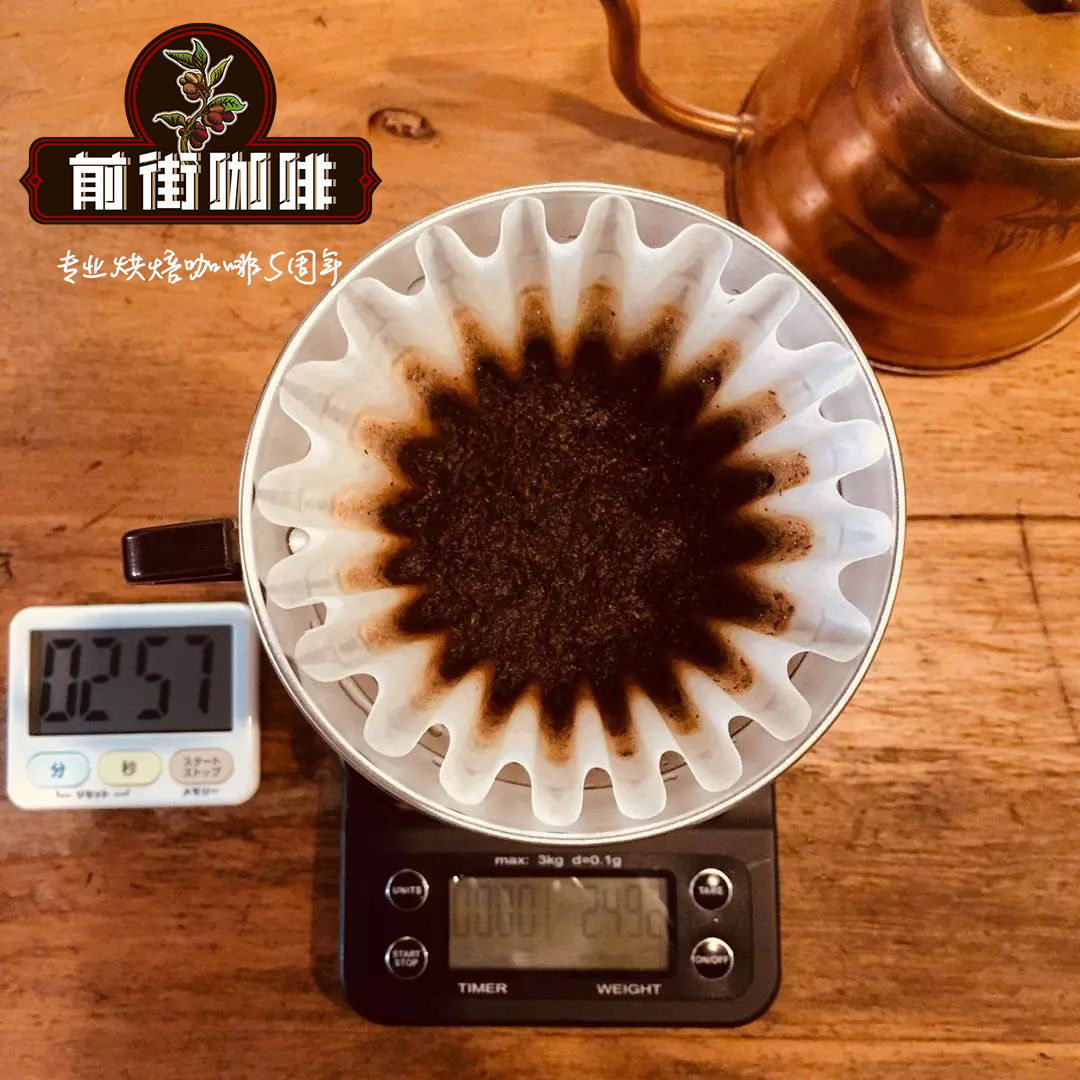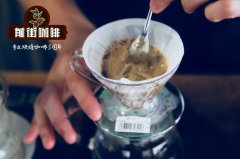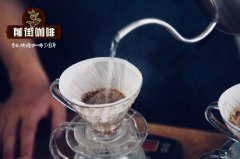Brazil is leading the fourth wave of coffee? Brazilian coffee tops the list?

Professional coffee knowledge exchange more coffee bean information please follow the coffee workshop (Wechat official account cafe_style)
The fourth wave of coffee
I visited the South Santorio Farm in early November, which is the quietest time of year in this part of Brazil. There was no noise from the processing machines, and no workers walked around with cherries. Instead, the players are preparing for the next season, reviewing this year's harvest while taking a cup test.
Although the things on the farm may be very cold, the things on the table are very exciting. Brazil surprised all of us this year, whether it's importers, bakers or competitors. What is happening in Brazil now can be called the fourth coffee wave. Resource-rich Brazilian producers are using new technologies to experiment with different processing technologies and grow new varieties. This is to discover new flavors, improve the life of coffee, and create replicable systems to ensure the quality of coffee harvested each time.
Camo Coffee is one of those innovative fermentation methods and varieties. On their farmland, they created a coffee garden with more than 25 varieties of coffee. So far, we have tasted Sudan Rume and SL28. We look forward to seeing more varieties in this year's harvest season.
Brazil reached the top
Clean, bright and fruity, the coffee I drank during my visit did not have the flavor of Brazilian coffee that I had expected. There are new varieties on the table: Sudan Rume, geisha, SL28, Yegashev, Laurina and Tanzania, using new fermentation methods. These profiles attracted the attention of competitors, who demonstrated the beans on the world stage of the World Coffee Cup (world Brewers Cup) in 2018 with great success. Emi Fukahori from Switzerland brews a coffee called Brazilian Laurina, which is famous for its low caffeine content.

Important Notice :
前街咖啡 FrontStreet Coffee has moved to new addredd:
FrontStreet Coffee Address: 315,Donghua East Road,GuangZhou
Tel:020 38364473
- Prev

The history of Panamanian coffee, the market for Panamanian coffee, where did Panamanian coffee come from?
Professional Coffee knowledge Exchange more information about coffee beans Please follow the history and market of Panamanian coffee in the coffee workshop (Wechat official account cafe_style) the first coffee trees are thought to have been brought by a British captain who settled in Panama in the early 19th century. Although they were originally planted in coastal areas, the colonists began to seriously grow them in the Poquet Valley and the western highlands.
- Next

The latest coffee varieties in Brazil the latest coffee treatment in Brazil the coffee industry in Brazil is improving.
Professional coffee knowledge exchange more coffee bean information please follow the coffee workshop (Wechat official account cafe_style) A new starting point for competitive coffee in Brazil our own Veronika Galova Vesela will appear there as a competitor and a source of competitive coffee in 2019. For Brazilian specialty coffee producers, the timing of these events could not be better, such as ours.
Related
- Beginners will see the "Coffee pull flower" guide!
- What is the difference between ice blog purified milk and ordinary milk coffee?
- Why is the Philippines the largest producer of crops in Liberia?
- For coffee extraction, should the fine powder be retained?
- How does extracted espresso fill pressed powder? How much strength does it take to press the powder?
- How to make jasmine cold extract coffee? Is the jasmine + latte good?
- Will this little toy really make the coffee taste better? How does Lily Drip affect coffee extraction?
- Will the action of slapping the filter cup also affect coffee extraction?
- What's the difference between powder-to-water ratio and powder-to-liquid ratio?
- What is the Ethiopian local species? What does it have to do with Heirloom native species?

